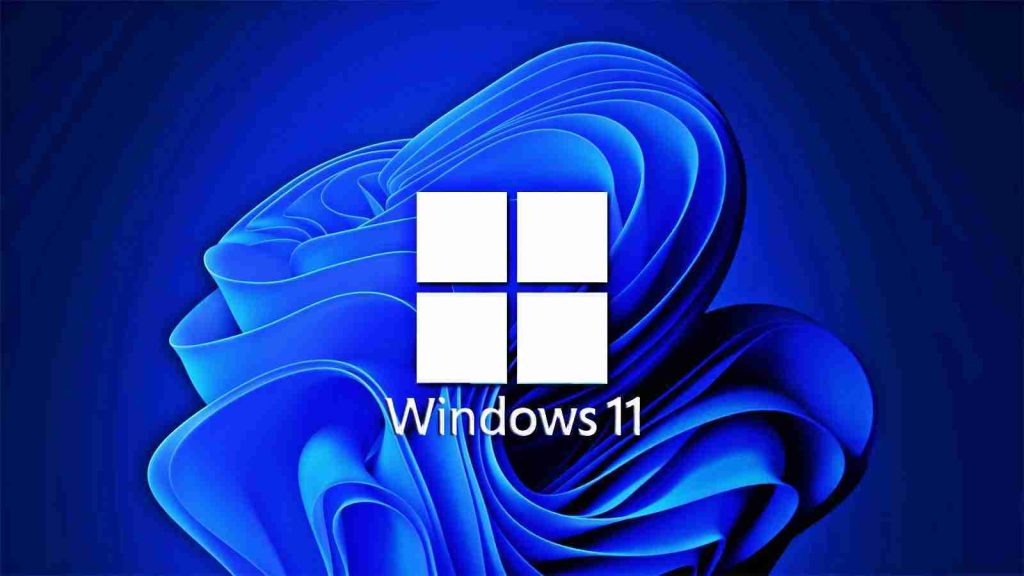
Microsoft has released a new Windows 11 build to the Dev and Beta Channels that introduces multiple group policies that IT administrators can use to tweak the Start menu, the taskbar, and the system tray.
These newly added group policies can also be configured locally by opening the group policy editor and navigating to User Configuration > Administrative Templates > Start Menu and Taskbar.
They can also be deployed onto Windows systems via Microsoft Endpoint Manager using a profile with custom settings in Intune.
“We are introducing new policies so that IT administrators can simplify their Windows 11 experience across Start, taskbar, and the system tray,” the Windows Insider team said.
Also Read: Data Protection Act of Singapore: Validity in the Post-pandemic World
The complete list of new MDM and group policies introduced today includes:
Today’s release, Windows 11 Insider Preview Build 22610, also comes with a sizable list of changes and fixes for known issues.
Microsoft has also updated the Family Safety Widget to add a new location-sharing view to display where family members use the Family Safety app.
Also Read: National Cybersecurity Awareness Campaign of Singapore: Better Cyber Safe than Sorry
Redmond also says that Windows 11 Home edition Dev and Beta Channel builds, the last editions of Windows or Windows Server that still had the 30-year-old SMBv1 file-sharing protocol enabled, now also disable the SMBv1 client by default.
Redmond announced it would disable SMBv1 in most versions of the Windows operating system in June 2017 after disabling it in internal builds of Windows 10 Enterprise and Windows Server 2016.
SMBv1 is no longer installed in Windows by default since Windows 10 version 1709 and Windows Server version 1709, with newer versions of Windows having switched SMBv3.
Microsoft has been advising admins to remove support for SMBv1 starting with 2016 because it does not come with the additional security improvements included in newer versions.
Role of Enhanced Access Controls in Safeguarding Personal Data in Telecommunications that every Organisation in…
Effective Incident Response Procedures in Strengthening Data Security that every Organisation in Singapore should know…
Crucial Role of Regular Vulnerability Scanning that every Organisation in Singapore should know. Strengthening Your…
Enhancing Data Security with Multi-Factor Authentication that every Organisation in Singapore should know. Enhancing Data…
Strong Password Policy as a first line of defense against data breaches for Organisations in…
Importance of Efficient Access Controls that every Organisation in Singapore should take note of. Enhancing…
This website uses cookies.